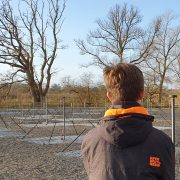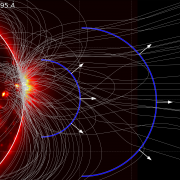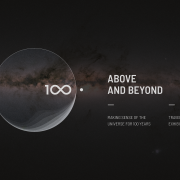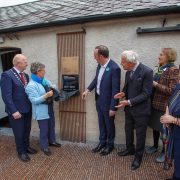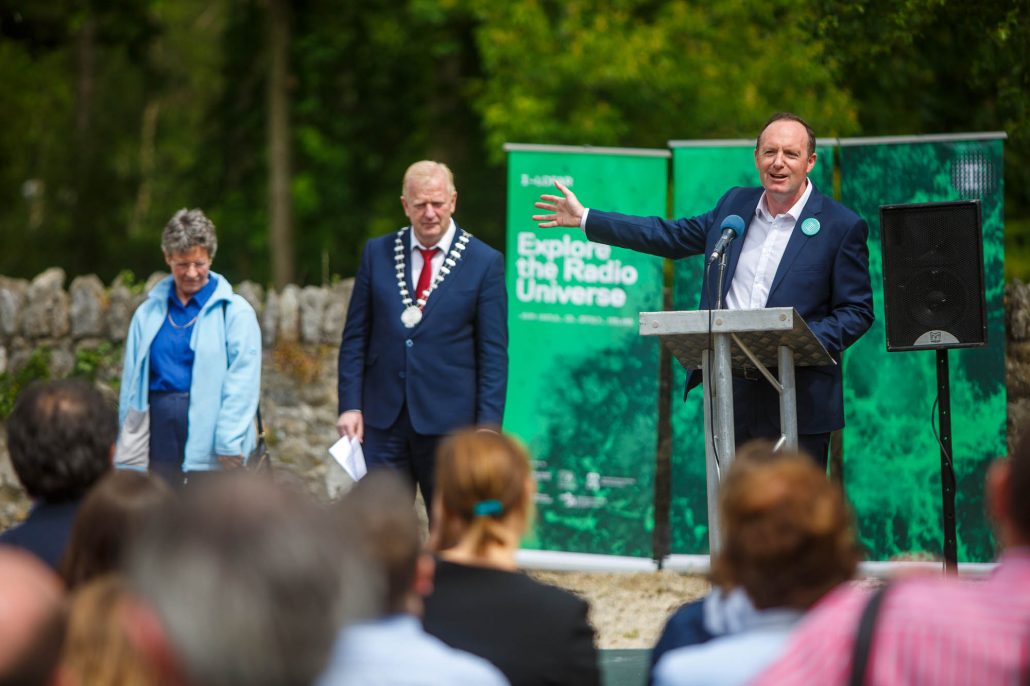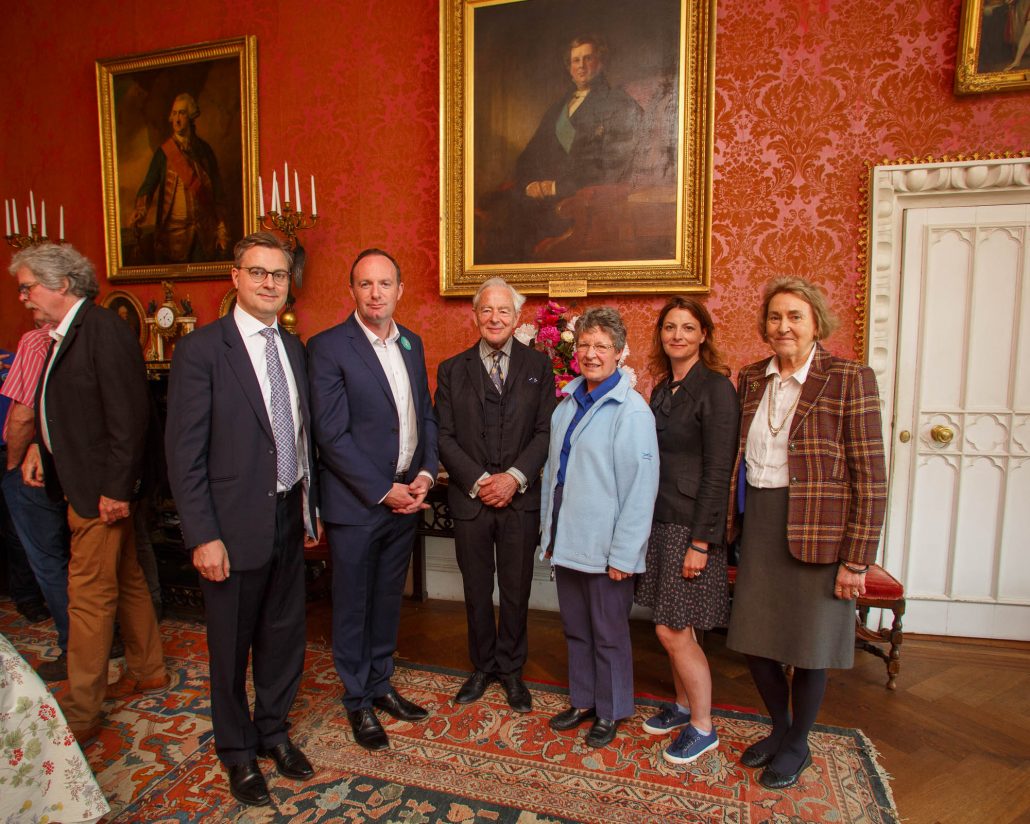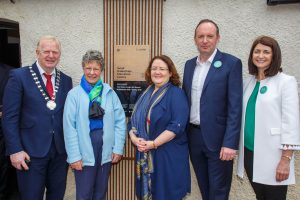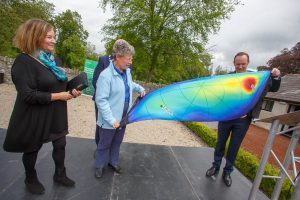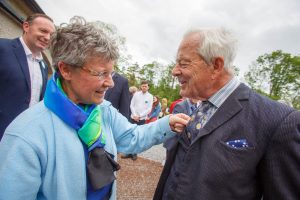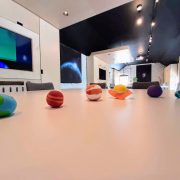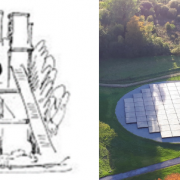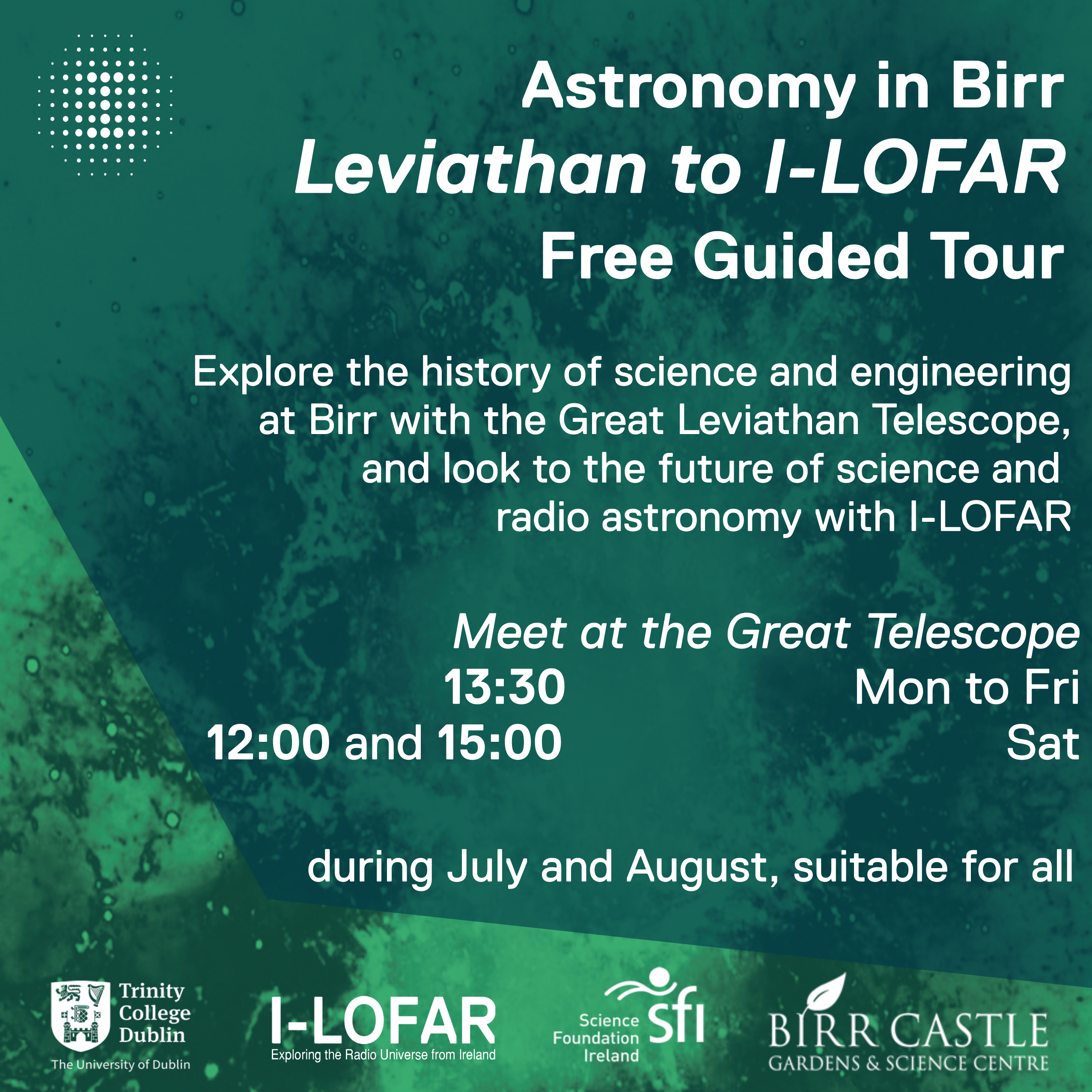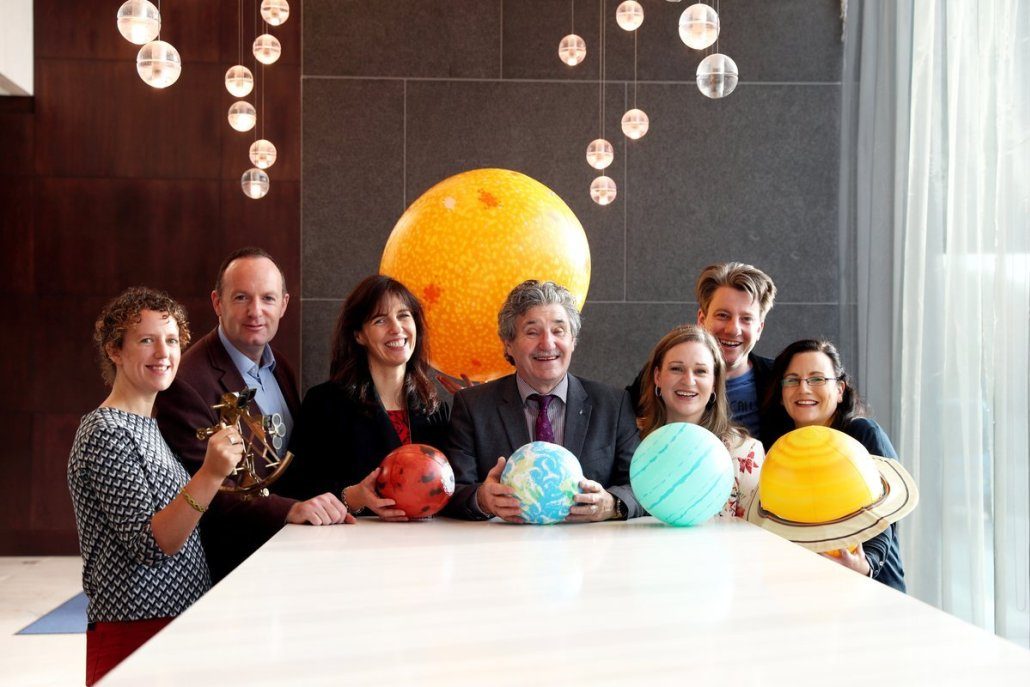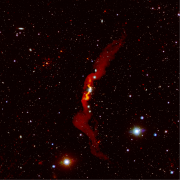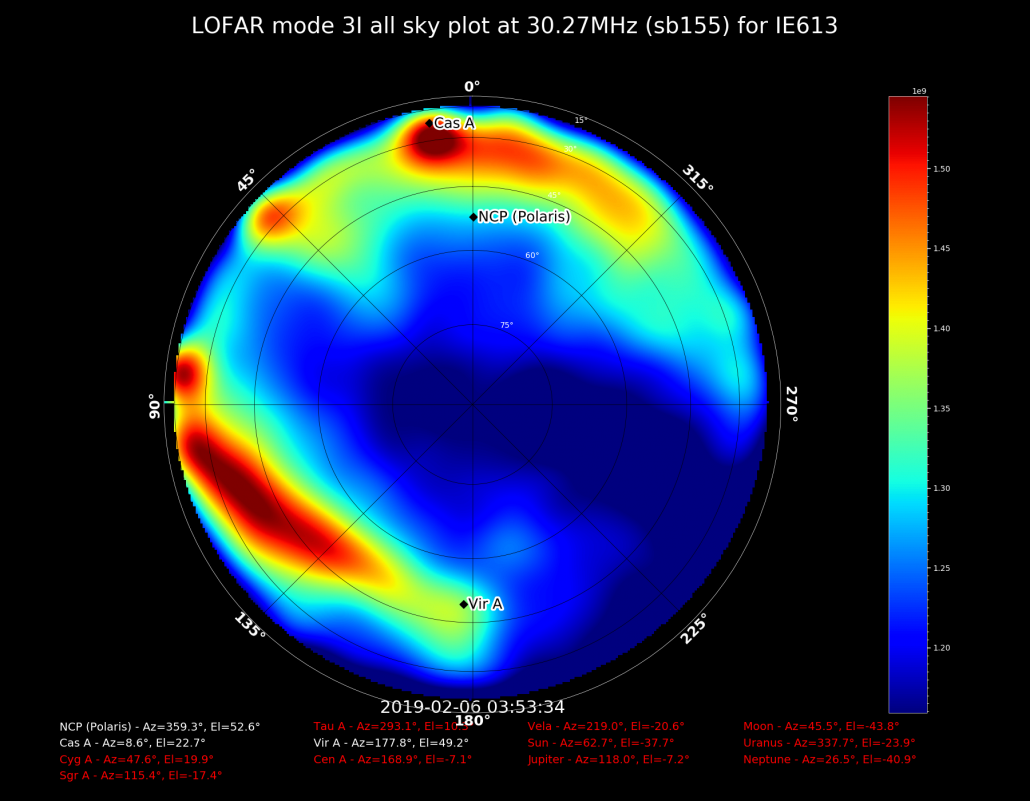A New Perspective on I-LOFAR
This Guest Blog was written by a local secondary school student in Birr who came to visit I-LOFAR and has plans to study Physics at Third Level.
Hello, I’m Joshua, a sixth-year student of St. Brendan’s Community School Birr. I was recently given the opportunity to avail of a tour of I-LOFAR (the Irish Low Frequency Array). This tour was led by the Head of I-LOFAR, Prof. Peter Gallagher, and the Education and Public Engagement Manager, Áine Flood. On this tour I learned about the fascinating ways in which I-LOFAR works and what it does to broaden the frontiers of science.
What is LOFAR?
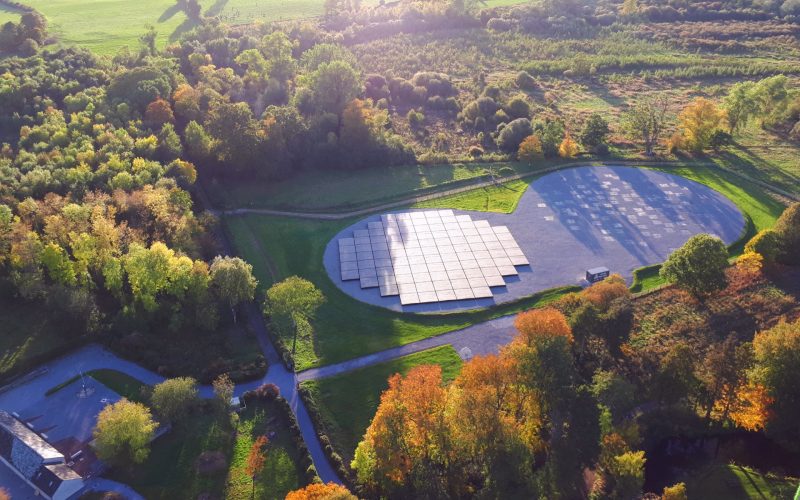
I-LOFAR Telescope viewed from the air. Credit: Alison Delaney, Birr Castle
At first glance, the above collection of boxes and antennas may not even resemble a simple telescope, never mind being capable of observing the universe as it was billions of years ago. But the Irish Low Frequency Array is a radio telescope. It detects radio waves, which are part of the Electromagnetic Spectrum, similar to visible light and x-rays but less energetic and with longer wavelengths. These qualities make it possible for the waves emitted by distant celestial objects to penetrate the Earth’s atmosphere and reach detectors on the ground. This allows us to efficiently build a vast, terrestrial, virtual telescope, spanning the continent of Europe. LOFAR is composed of 12 international stations (like the one we have in Birr) that are electronically connected to a computing facility in the Netherlands. There the data collected by the individual telescopes are collated to form images of unprecedented quality, making LOFAR one of the most sophisticated pieces of astrophysics research equipment.

How Does LOFAR Work?
Celestial objects such as stars, pulsars (highly magnetised rotating neutron stars), and galaxies emit a variety of radiation types. I-LOFAR is designed to detect two frequency ranges of radio waves, 10-90 megahertz (MHz) and 110-240 MHz. Unfortunately, the frequencies between 90-110 MHz are used to broadcast FM transmissions, so waves of those frequencies from space are drowned out on earth.

High band antennae on the right, and low band antennae on the left
The low band antennae (pictured above) consist of four receiving wires and an amplifier. Radio waves are absorbed by the wire and produce a voltage, creating an electrical signal. Each antenna has four receiving wires so that the source of the wave can be determined. All antennas are connected to powerful computers at I-LOFAR, where the collected data is converted into useful information. These computers can be accessed by institutions and researchers across Ireland and also by ASTRON in the Netherlands for International research.
The Research of I-LOFAR
Astronomers across Europe utilise LOFAR’s immense power and range to research a variety of cosmological mysteries. There are however, ‘Key Science Projects’ (KSPs) that LOFAR excels in researching. A few of these KSP’s are as follows:
- The Epoch of Reionisation – A period of the universe’s formation particularly suited to radio exploration.
- All Sky Surveys – The sensitivity and extremely large field-of-view of LOFAR make it an ideal instrument for undertaking deep, large area sky surveys.
- Transient Sources – Objects such as supernovae, pulsars, accreting supermassive blackholes all release enormous amounts of energy along with radio emissions. LOFAR’s capabilities are very much suited to monitoring these phenomena.
As a student of physics, it has been extremely beneficial to see concepts that I only encountered in textbooks being applied in the world in which we live, from simple trigonometry to quantum mechanics. I-LOFAR connects Ireland to the international astronomical community and to the Universe beyond.

Joshua exploring the I-LOFAR LBAs with Prof Peter Gallagher and members of the I-LOFAR Consortium from AIT, TCD and DIAS

